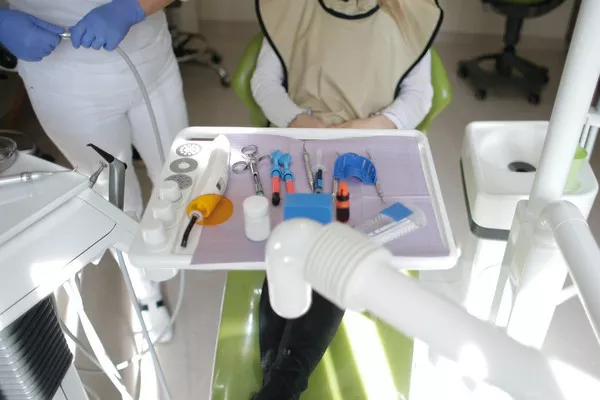Are you on a quest for a brighter, more dazzling smile? In your pursuit of the perfect pearly whites, you’ve likely encountered a multitude of at-home teeth whitening options. With so many products and methods available, it can be overwhelming to decide which one is truly the best. In this article, we’ll explore the top at-home teeth whitening solutions and delve into their effectiveness, safety, and affordability.
1. Whitening Toothpaste: A Daily Brightening Companion
One of the most accessible and common methods for achieving a brighter smile is using whitening toothpaste. These toothpastes typically contain mild abrasives or special ingredients to help remove surface stains from your teeth. While they won’t deliver dramatic results, they can contribute to maintaining your teeth’s whiteness.
Extended Discussion:
Whitening toothpaste can be a simple addition to your daily oral hygiene routine. The abrasives in these toothpastes gently polish the surface of your teeth, removing stains caused by coffee, tea, or red wine. However, for more stubborn or intrinsic stains, you may need a more robust solution.
2. Whitening Strips: Convenience and Effectiveness
Teeth whitening strips are another popular choice among those seeking a brighter smile. These flexible, adhesive strips are coated with a peroxide-based gel. You apply them to your teeth and leave them in place for a specified duration, typically around 30 minutes.
Extended Discussion:
Whitening strips are known for their convenience and effectiveness. They are easy to use, and their peroxide content ensures a more noticeable change in your teeth’s color. However, it may take several weeks of consistent use to see significant results. Additionally, some users may experience tooth sensitivity, so it’s essential to follow the usage instructions carefully.
3. At-Home Whitening Trays: Customized and Controlled
If you’re looking for a more personalized approach, at-home whitening trays might be the answer. These trays are customized to fit your teeth and come with a peroxide-based gel. You wear the trays for a specified time, and the gel works to whiten your teeth.
Extended Discussion:
Whitening trays provide a more controlled and tailored experience compared to strips. The custom fit ensures even coverage of the gel, which can lead to better results. However, they may be pricier than strips or toothpaste, and some people find them less comfortable to wear for extended periods. Be patient, as it can take a few weeks to achieve your desired level of whitening.
4. LED Teeth Whitening Kits: Cutting-Edge Innovation
Embracing the latest technological advancements, LED teeth whitening kits have gained popularity. These kits include an LED light device and a whitening gel. The LED light is used in conjunction with the gel to accelerate the whitening process.
Extended Discussion:
LED teeth whitening kits offer a faster approach to achieving a whiter smile. The light activation speeds up the chemical reactions in the whitening gel, resulting in quicker and often more noticeable results. While they can be effective, these kits are generally more expensive than other at-home methods.
5. Charcoal Teeth Whitening: A Trend with Caution
Charcoal teeth whitening products, such as activated charcoal toothpaste, have gained popularity as a natural alternative. Charcoal is believed to absorb stains and impurities, leaving your teeth looking brighter.
Extended Discussion:
While charcoal teeth whitening products have become trendy, it’s crucial to approach them with caution. Limited scientific evidence supports their effectiveness, and some dentists express concerns about the potential abrasiveness of charcoal on tooth enamel. If you choose this method, use it sparingly and consult your dentist for advice.
6. Home Remedies: Natural but Limited Efficacy
For those who prefer a DIY approach, there are several home remedies for teeth whitening. Baking soda, hydrogen peroxide, and even fruit peels have been suggested as natural teeth-whitening agents.
Extended Discussion:
Home remedies are budget-friendly and readily available, but their efficacy varies. While baking soda and hydrogen peroxide can help remove surface stains, they may not provide the same level of whitening as commercial products. Fruit peels, on the other hand, have limited scientific support. It’s essential to use these remedies cautiously to avoid damaging your enamel.
In conclusion, choosing the best at-home teeth whitening method depends on your preferences, budget, and desired results. Each option has its pros and cons, so carefully weigh your priorities and consult with your dentist if you have concerns about the safety and effectiveness of a specific method. Remember that maintaining good oral hygiene practices is crucial for long-lasting results. Your journey to a brighter, more confident smile begins with the right choice of teeth whitening method.
Related Links:
Should you rinse out your mouth after using whitening strips?
What teeth whitening method works best?
Why are teeth whitening strips so expensive





























